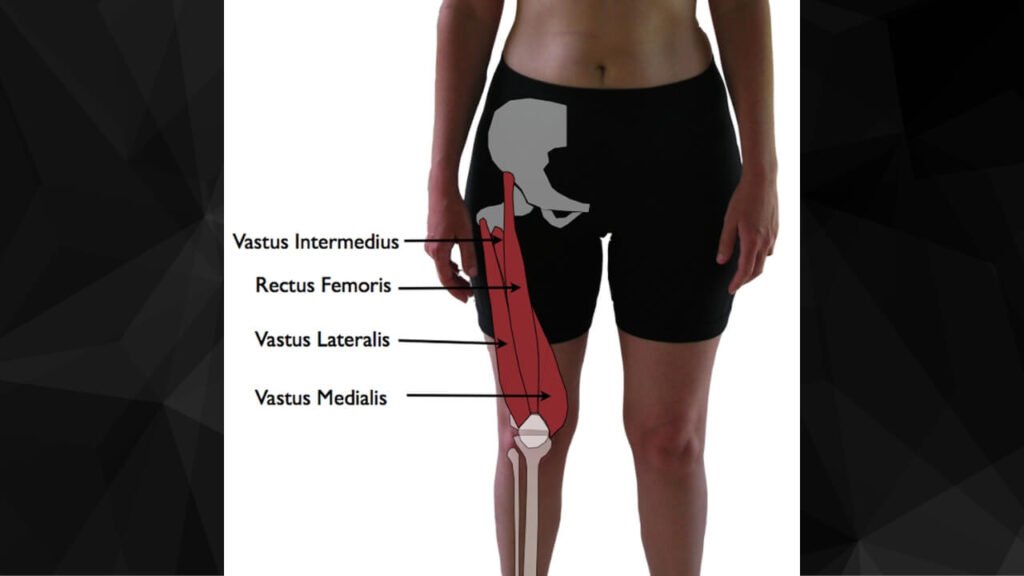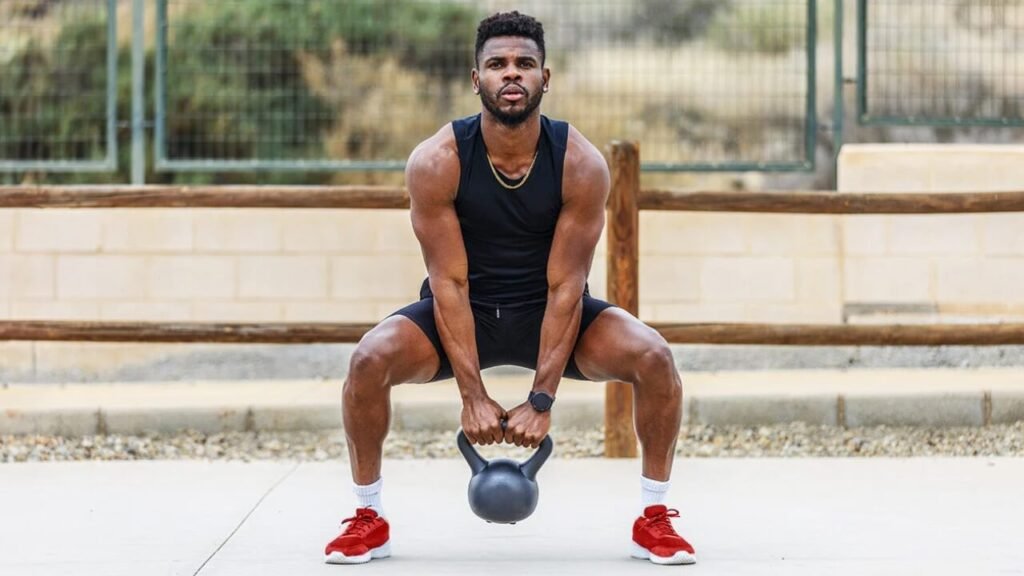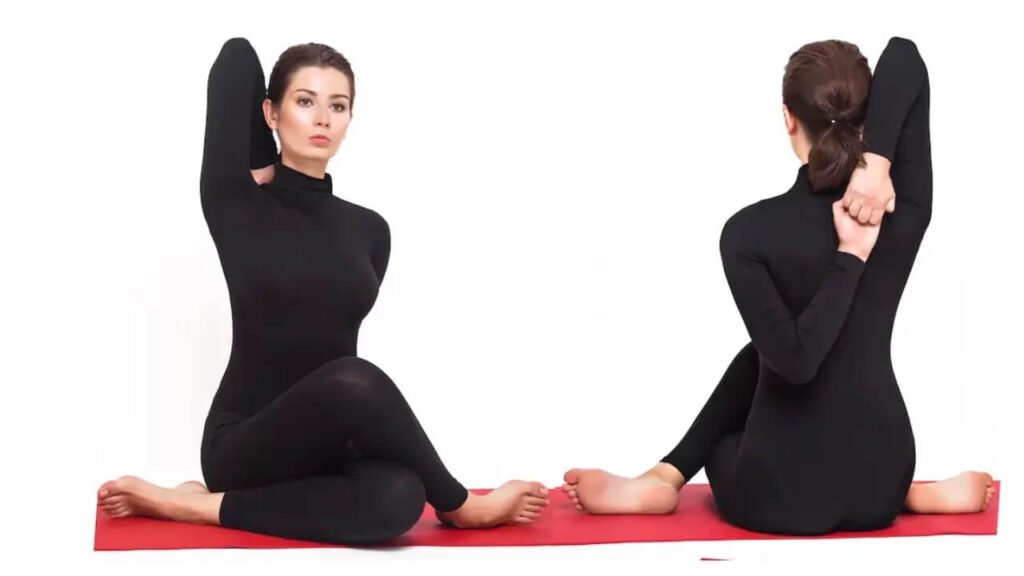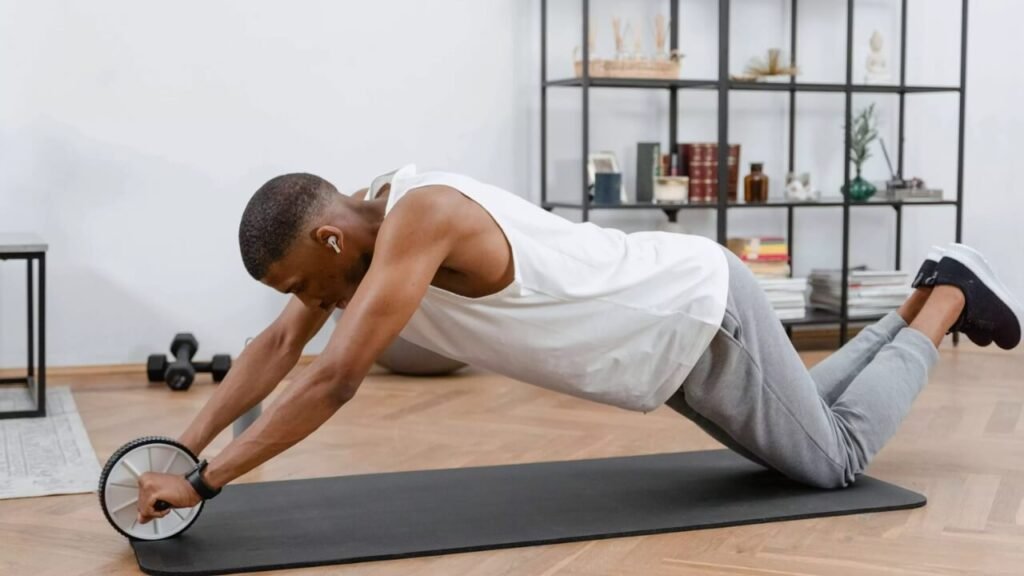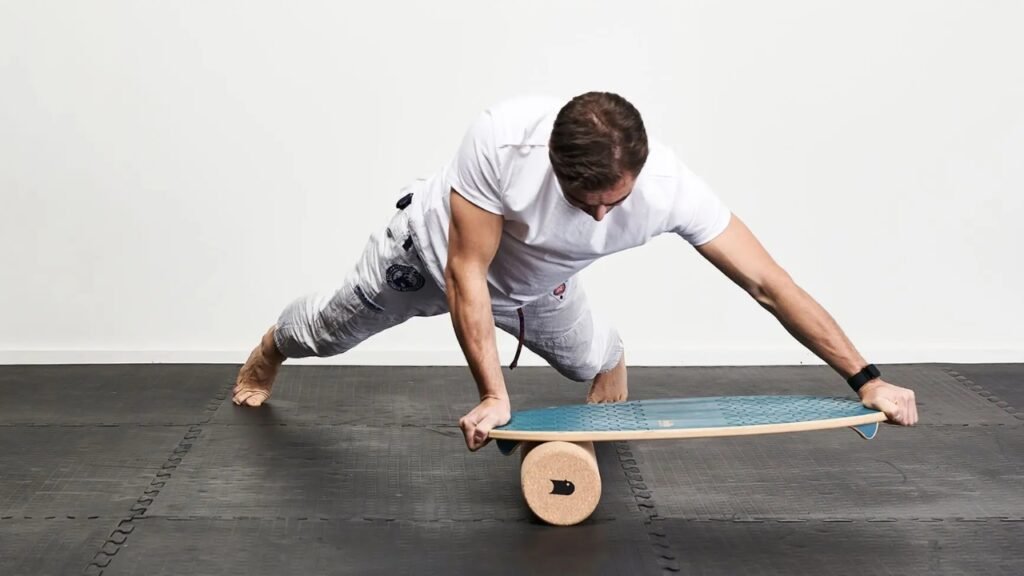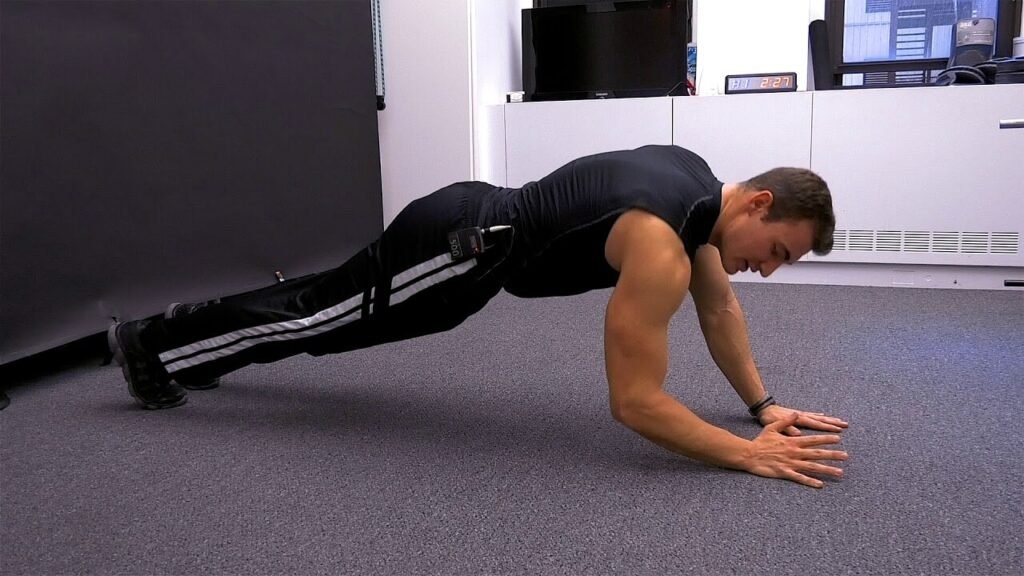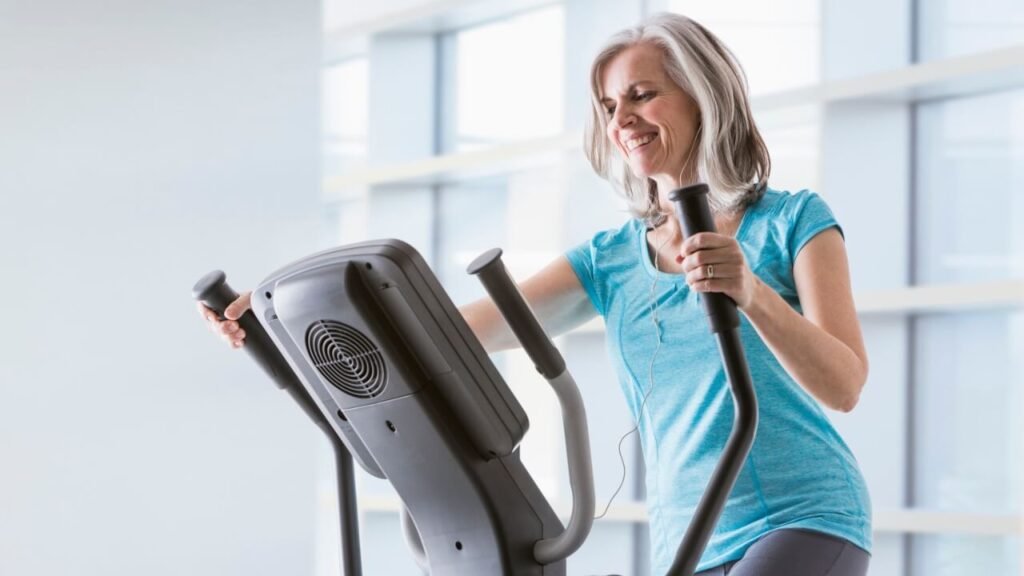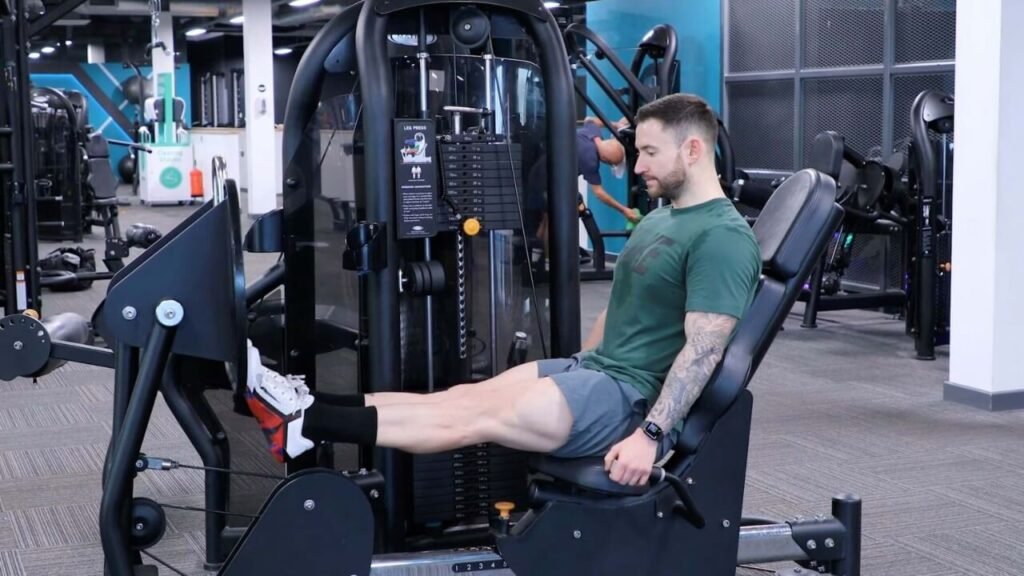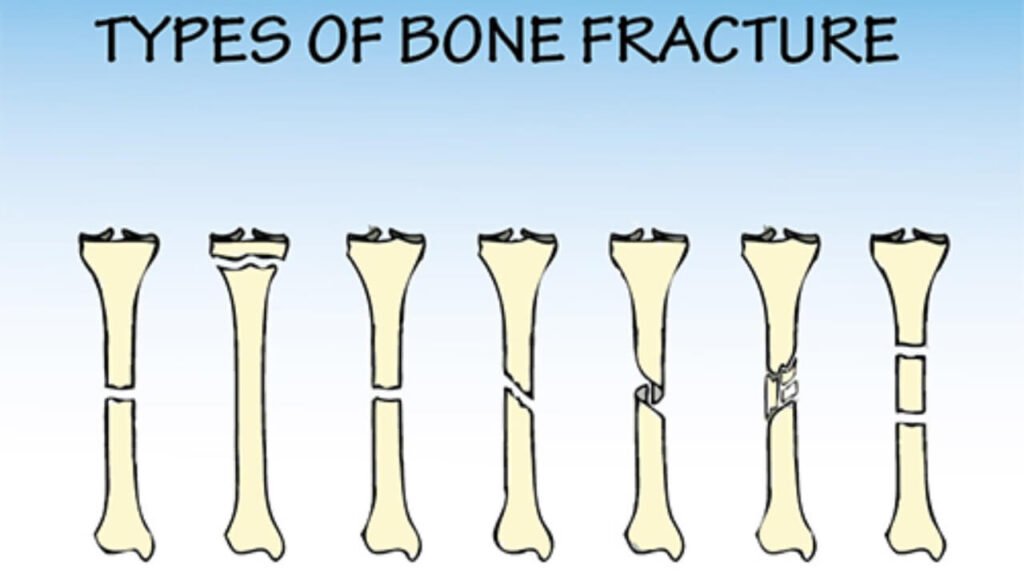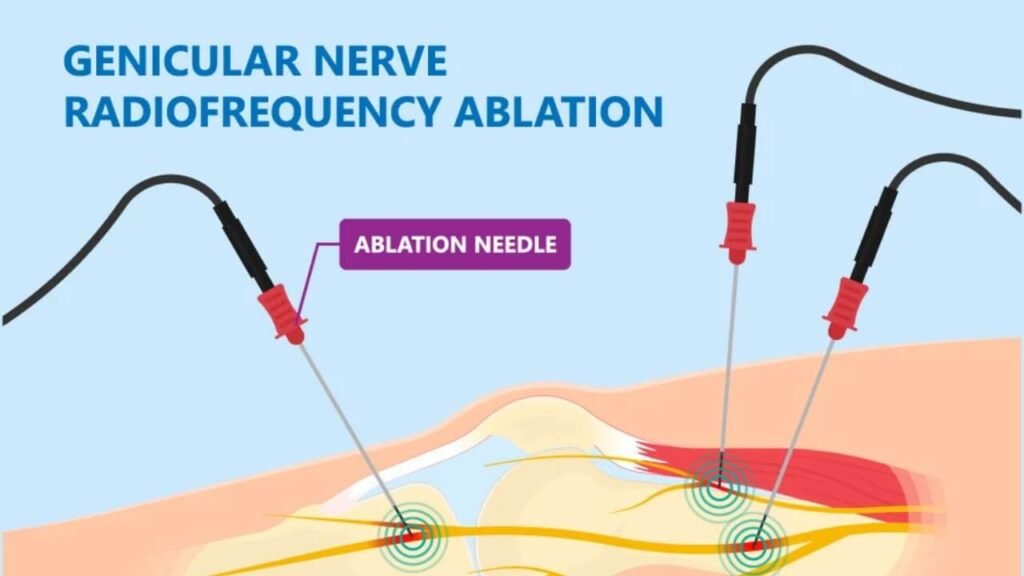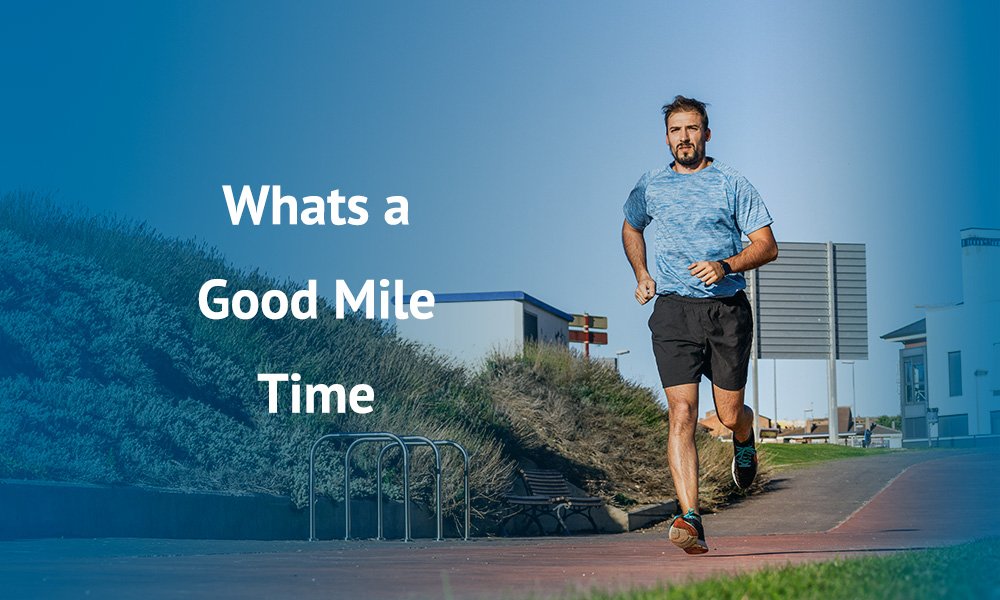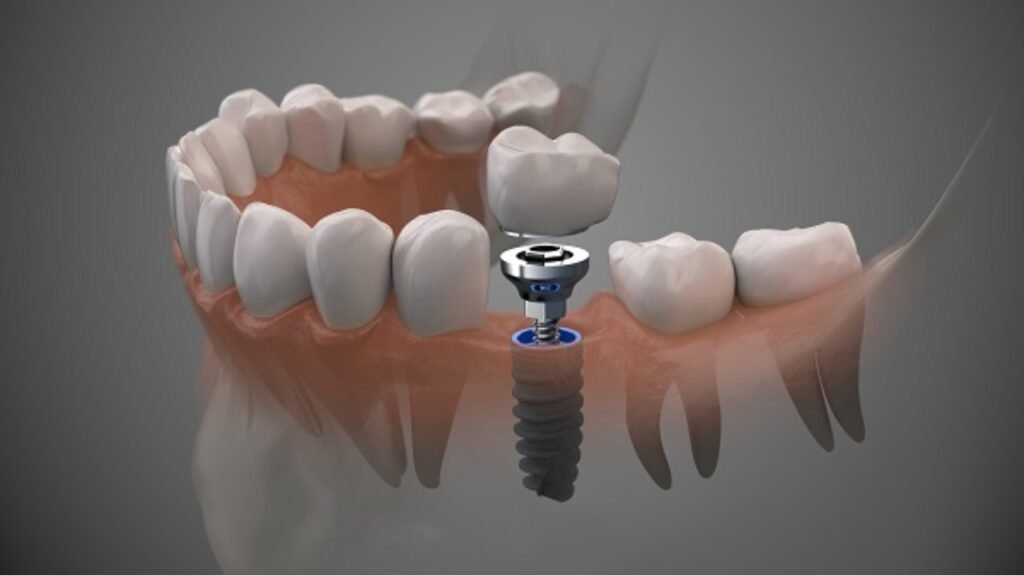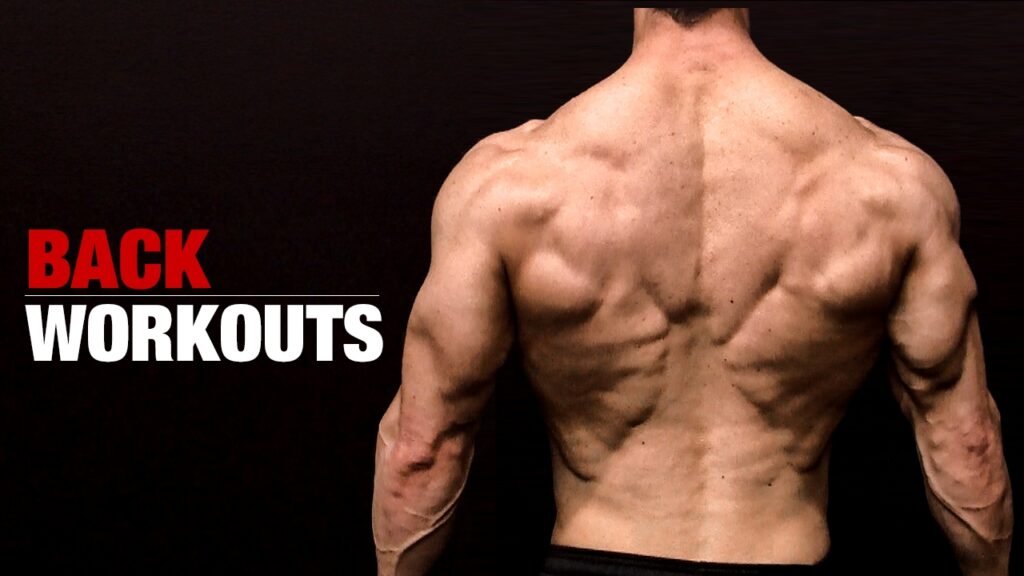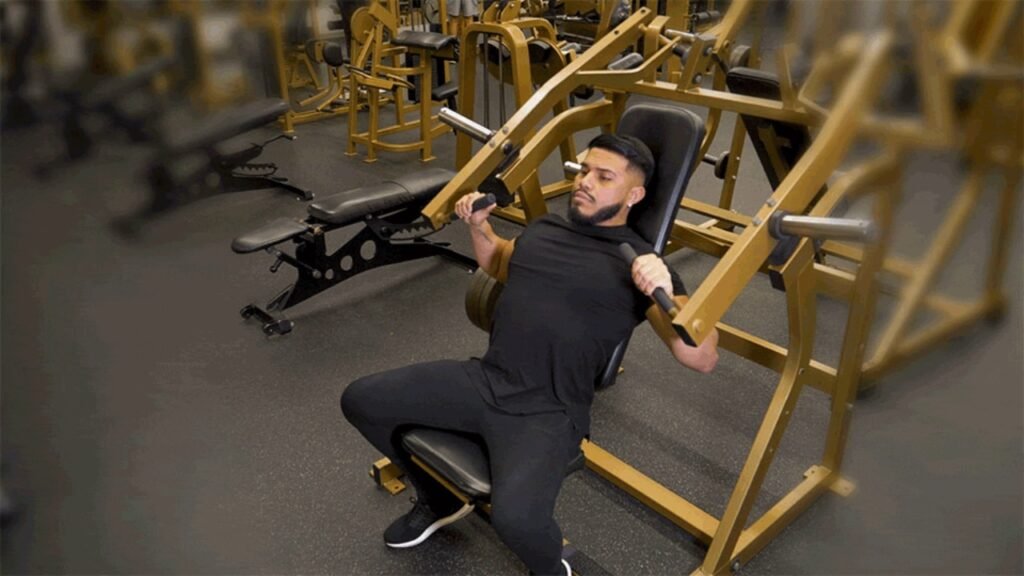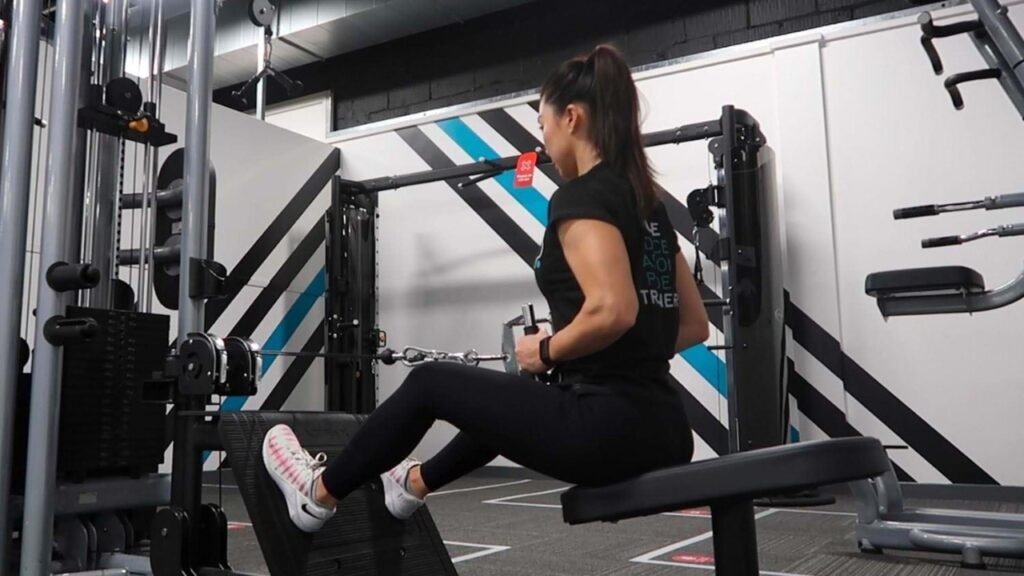Abductor Workout: Sculpt Stronga Hips
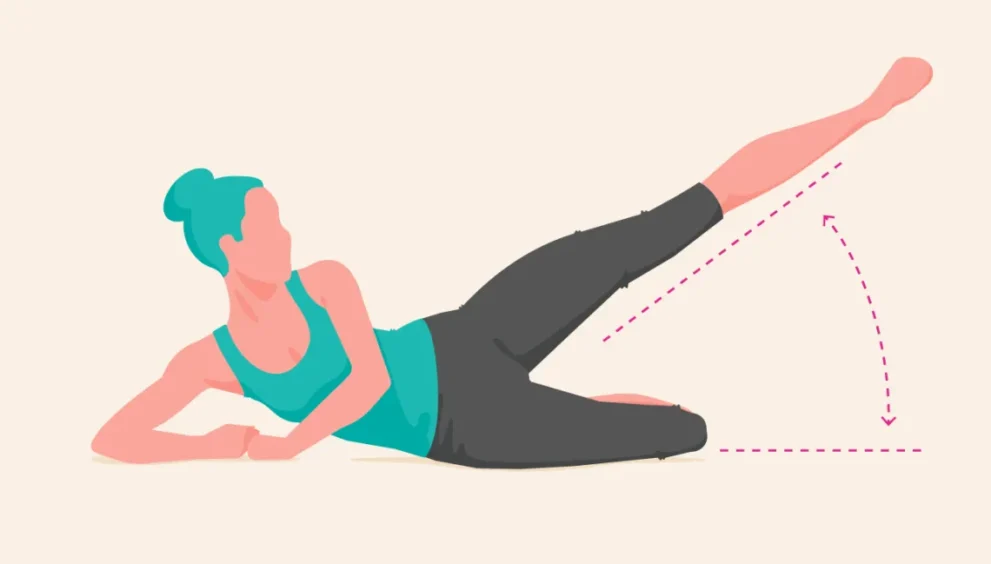
For many Americans striving for a balanced fitness routine, the abductor workout is a game-changer that often flies under the radar. Nestled on the outer hips and thighs, the abductor muscles play a crucial role in stability, mobility, and overall strength. Whether you’re a fitness enthusiast hitting the gym, a busy professional squeezing in home workouts, or an athlete aiming to boost performance, strengthening your abductors can enhance your physical health and daily functionality. This blog dives into the world of abductor workouts, offering practical exercises, expert insights, and strategies tailored for Americans looking to build stronger, more stable hips. Let’s explore how targeting these muscles can transform your fitness journey and elevate your quality of life.
Understanding the Abductor Muscles
The abductor muscles, including the gluteus medius, gluteus minimus, and tensor fasciae latae, are responsible for moving your legs away from your body’s midline. These muscles are essential for activities like walking, running, and maintaining balance. For Americans, who often lead sedentary lifestyles due to desk jobs or long commutes, weak abductors can lead to poor posture, hip pain, or even knee issues. A 2019 study from Google Scholar by Neumann et al. emphasizes that strong abductor muscles contribute to pelvic stability and reduce the risk of lower-body injuries, making them a critical focus for fitness routines.
Beyond Aesthetics: Functional Strength
Moreover, abductor strength isn’t just about aesthetics; it’s about functionality. Strong hips support everyday movements, from climbing stairs to carrying groceries. By incorporating targeted exercises, you can improve your athletic performance, prevent injuries, and enhance your overall mobility. Understanding the role of these muscles sets the foundation for building an effective abductor workout routine that aligns with your fitness goals.
Why Abductor Workouts Matter
In today’s fast-paced American lifestyle, where sitting for extended periods is common, the abductor muscles often weaken due to underuse. This can lead to imbalances that affect the entire kinetic chain, from your hips to your knees and lower back. For instance, weak abductors may contribute to conditions like iliotibial (IT) band syndrome or patellofemoral pain, as noted in a 2021 Google Scholar study by Powers et al. Strengthening these muscles through targeted exercises can counteract these issues, improving posture and reducing discomfort.
Benefits for Athletes and Everyday Life
Additionally, abductor-focused exercises are vital for athletes and fitness enthusiasts. Whether you’re a runner aiming for better stride efficiency or a weekend warrior playing pickup basketball, strong abductors enhance lateral movements and stability. For the average American, incorporating these exercises into a fitness routine can make daily tasks easier and boost confidence in physical activities. As Dr. Stuart McGill, a renowned spine and hip biomechanics expert, states, “
Strong hip abductors are the unsung heroes of movement, providing the stability needed for both athletic performance and everyday life.”
Effective Strategies for Abductor Workouts
For those new to abductor-focused routines, bodyweight exercises offer an accessible starting point. One effective move is the side-lying leg raise, which targets the gluteus medius and minimus. To perform this, lie on your side with legs stacked, lift the top leg slowly to a 45-degree angle, and lower it with control. This exercise activates the abductors without requiring equipment, making it ideal for home workouts. Research from Google Scholar by Boren et al. (2011) highlights that side-lying leg raises generate significant abductor muscle activation, offering a low-impact way to build strength.
Another beginner-friendly option is the standing hip abduction. Stand tall, hold onto a wall for balance, and lift one leg out to the side while keeping your toes facing forward. This move strengthens the abductors while improving balance, a key concern for Americans as they age. By starting with these simple exercises, beginners can build a foundation of strength without feeling overwhelmed, gradually progressing to more challenging movements.
Resistance Band Workouts for Added Intensity
For those ready to level up their routine, resistance bands are a versatile and affordable tool. The lateral band walk is a popular choice, engaging the gluteus medius and tensor fasciae latae. Place a resistance band around your thighs, assume a slight squat position, and step sideways while maintaining tension in the band. This exercise not only strengthens the abductors but also improves hip stability, which is crucial for activities like running or cycling.
Another effective band exercise is the seated hip abduction. Sit on a chair with a resistance band looped around your legs, just above the knees, and press your legs outward against the band’s resistance. This move is perfect for Americans with limited space or time, as it can be done at home or even during a work break. Resistance band exercises add intensity without the need for heavy weights, making them suitable for intermediate fitness levels and those recovering from injuries.
Gym-Based Abductor Workouts
For gym-goers, machines and free weights offer advanced options for targeting the abductors. The hip abduction machine, commonly found in gyms across America, allows you to isolate the abductor muscles with controlled resistance. Adjust the weight to a challenging but manageable level, sit upright, and press your legs outward against the pads. This machine is particularly effective for building strength and muscle definition, as it minimizes the involvement of other muscle groups.
Alternatively, cable hip abductions provide a dynamic option. Attach a cable to your ankle, stand perpendicular to the machine, and lift your leg out to the side while maintaining a neutral spine. This exercise enhances stability and engages the core, offering a full-body benefit. A 2020 study by Distefano et al. on Google Scholar confirms that cable-based abductor exercises produce high muscle activation, making them ideal for those seeking to maximize their workout efficiency.
Incorporating Abductor Workouts into Daily Life
To make these exercises a sustainable part of your routine, integrate them into your existing fitness plan. For example, add a 10-minute abductor-focused circuit to your warm-up or cool-down. Perform exercises like lateral band walks or side-lying leg raises in sets of 12-15 reps, focusing on form to maximize muscle engagement. For busy Americans, combining abductor exercises with other movements—like squats or lunges—can create a time-efficient workout that targets multiple muscle groups.
Consistency is key, so aim to train your abductors two to three times per week. Pair these workouts with proper nutrition and hydration to support muscle recovery and growth. Over time, you’ll notice improved strength, better balance, and enhanced mobility, making everyday activities like walking or climbing stairs feel effortless.
Overcoming Common Challenges
Starting an abductor-focused routine can come with hurdles, especially for Americans juggling busy schedules. One common challenge is time constraints, as work and family commitments often leave little room for exercise. To address this, prioritize short, high-intensity workouts that can be done at home or during breaks. Even 15 minutes of targeted exercises can yield significant results over time.
Mastering Proper Form
Another challenge is maintaining proper form, as incorrect technique can reduce effectiveness or lead to injury. For instance, during lateral band walks, avoid letting your knees cave inward, as this diminishes abductor engagement. Watching tutorial videos or consulting a fitness professional can help ensure proper form. Additionally, starting with lighter resistance and gradually increasing intensity prevents overexertion, making the process sustainable and enjoyable.
The Long-Term Benefits of Abductor Workouts
Committing to regular abductor-focused exercises offers a range of benefits that extend beyond physical appearance. Strong abductors improve posture, reduce the risk of hip and knee injuries, and enhance athletic performance. For Americans leading sedentary lifestyles, these exercises counteract the negative effects of prolonged sitting, promoting better mobility and comfort. Additionally, stronger hips contribute to a more confident stride, whether you’re navigating a busy city sidewalk or hitting the trails for a weekend hike.
Mental Health Boost
From a mental health perspective, exercise, including abductor-focused routines, boosts endorphins and reduces stress, as supported by a 2018 Google Scholar study by Schuch et al. For parents, athletes, or professionals, this combination of physical and mental benefits creates a holistic approach to wellness, fostering a sense of accomplishment and vitality.
Conclusion: Building Stronger Hips for a Stronger Life
Abductor workouts are a powerful tool for Americans seeking to enhance their fitness, mobility, and overall well-being. By incorporating bodyweight exercises, resistance bands, or gym-based movements, you can strengthen your hip abductors and unlock their benefits for daily life and athletic performance. While challenges like time constraints or learning proper form may arise, starting small and staying consistent can lead to lasting results. With stronger hips, you’ll move with greater ease, reduce injury risks, and feel more confident in your physical abilities. Take the first step today—whether it’s a side-lying leg raise or a lateral band walk—and embark on a journey to stronger, healthier hips that empower you to live your best life.












